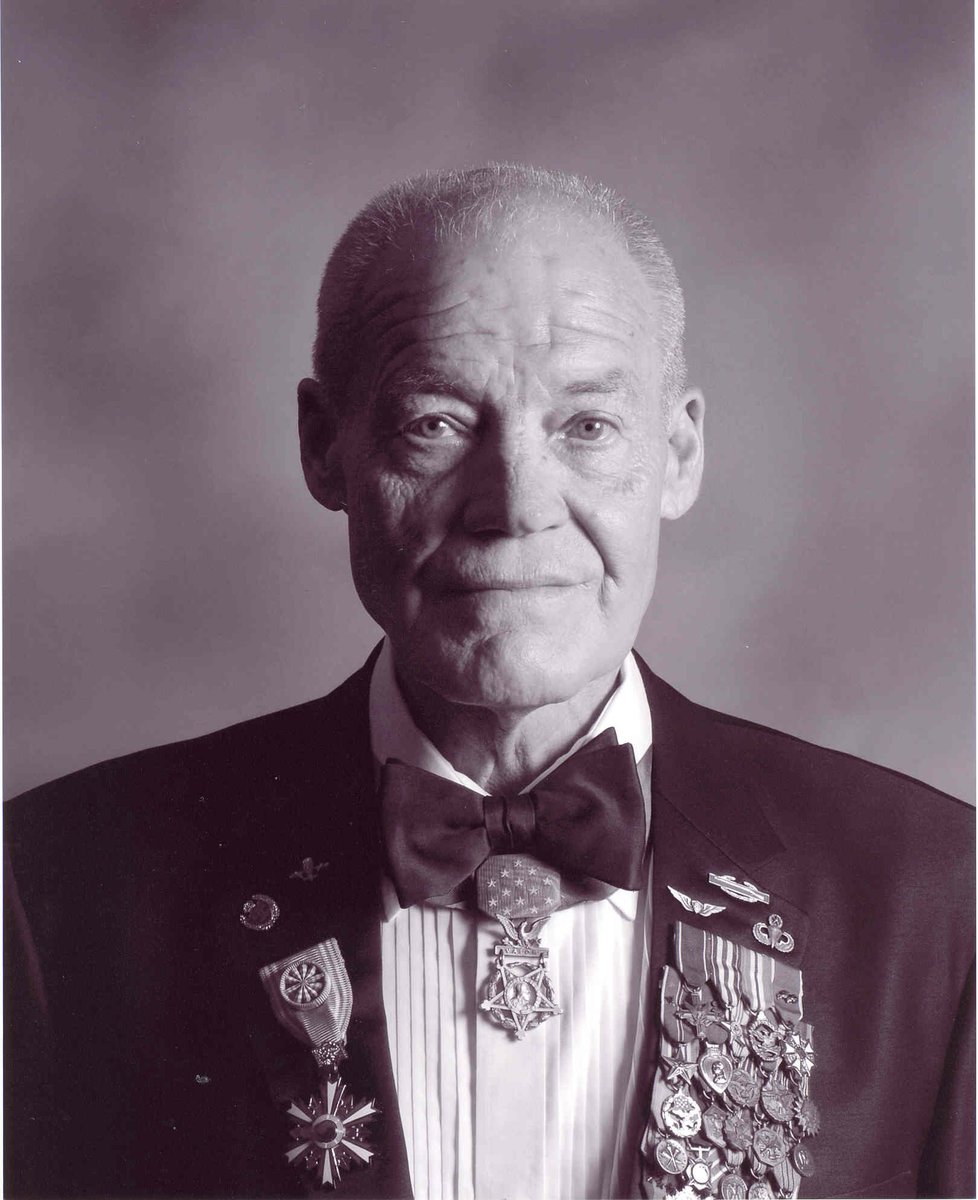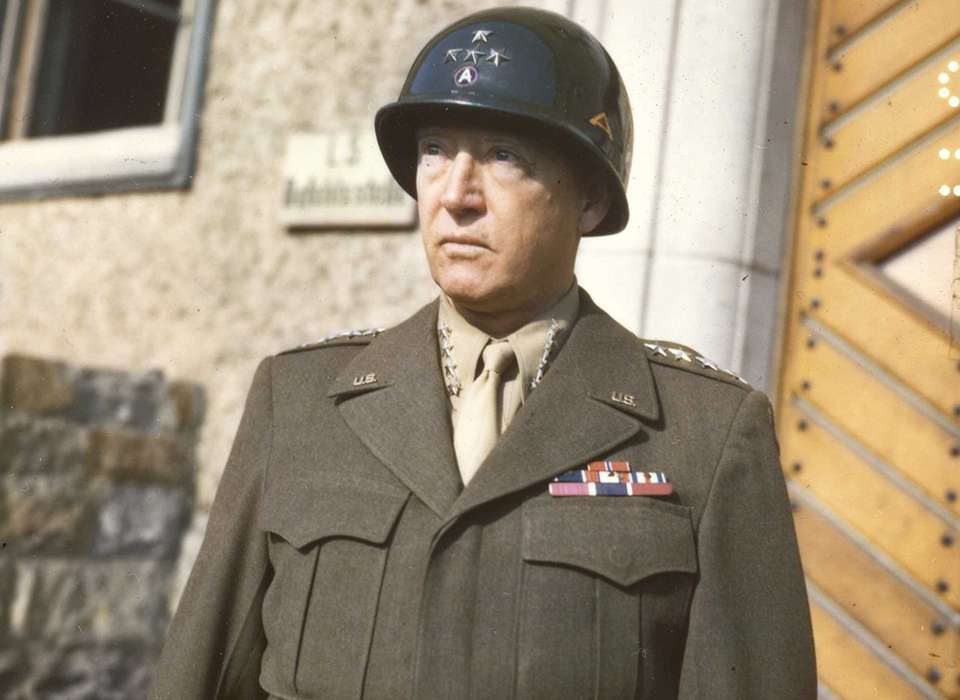
#TDIDCH: Jan 1, 1945: WWII. In the early morning of the New Year, Hitler launches Operation Bodenplatte (Baseplate), an assault by 900+ Luftwaffe planes flying at treetop altitude against Allied planes parked on airfields.
[1 of 8]
[1 of 8]

[2 of 8]
By this time, the Luftwaffe was neutralized by Allied air superiority and had lost many trained pilots to Allied air strikes.
Bodenplatte was an attempt to knock out Allied aircraft & level the playing field enough to allow another German ground thrust into Bastogne.
By this time, the Luftwaffe was neutralized by Allied air superiority and had lost many trained pilots to Allied air strikes.
Bodenplatte was an attempt to knock out Allied aircraft & level the playing field enough to allow another German ground thrust into Bastogne.

[3 of 8]
During Bodenplatte, some (but not all or even most) Luftwaffe pilots, having just returned from New Year's parties, flew in their full dress uniforms.
These pilots referred to the operation as "The Hangover Raid."
During Bodenplatte, some (but not all or even most) Luftwaffe pilots, having just returned from New Year's parties, flew in their full dress uniforms.
These pilots referred to the operation as "The Hangover Raid."

[4 of 8]
Nonetheless, at ~ 8:30 AM, in Eindhoven, Netherlands, a Royal Air Force squadron leader was having breakfast at his headquarters on a runway when he heard: "My God, the bastards are here!"
The surprise attack was on.
Nonetheless, at ~ 8:30 AM, in Eindhoven, Netherlands, a Royal Air Force squadron leader was having breakfast at his headquarters on a runway when he heard: "My God, the bastards are here!"
The surprise attack was on.

[5 of 8]
Allied intelligence failed to detect the enemy's intention and German pilots raked airfield after airfield.
The Luftwaffe hit 17 Allied airfields, destroying 150 parked planes [including British Field Marshal Montgomery's personal plane] and damaging more than 100.
Allied intelligence failed to detect the enemy's intention and German pilots raked airfield after airfield.
The Luftwaffe hit 17 Allied airfields, destroying 150 parked planes [including British Field Marshal Montgomery's personal plane] and damaging more than 100.

[6 of 8]
However, since Allied planes were grounded, aircrew casualties were minimal.
Moreover, alert Army Air Force P-51 Mustang pilots shot down more than 300 German aircraft, killing 237 German pilots. By this point, the Luftwaffe could not absorb a blow of this magnitude.
However, since Allied planes were grounded, aircrew casualties were minimal.
Moreover, alert Army Air Force P-51 Mustang pilots shot down more than 300 German aircraft, killing 237 German pilots. By this point, the Luftwaffe could not absorb a blow of this magnitude.

[7 of 8]
By noon Bodenplatte was over. It failed. The surviving Germans flew in ones & twos back to Germany, leaving smoking Allied airfields within a week.
The Germans never achieved air superiority on New Years.
[Most of the destroyed Allied aircraft were replaced in a week]
By noon Bodenplatte was over. It failed. The surviving Germans flew in ones & twos back to Germany, leaving smoking Allied airfields within a week.
The Germans never achieved air superiority on New Years.
[Most of the destroyed Allied aircraft were replaced in a week]

[FINAL]
New Year's Day was the death ride of the Luftwaffe & its largest single-day loss
The real problem for the Lutftwaffe was not the loss of aircraft, but the loss of pilots. ~25% of the pilots on the raid were killed; they simply could not replace this talent at this point
New Year's Day was the death ride of the Luftwaffe & its largest single-day loss
The real problem for the Lutftwaffe was not the loss of aircraft, but the loss of pilots. ~25% of the pilots on the raid were killed; they simply could not replace this talent at this point

• • •
Missing some Tweet in this thread? You can try to
force a refresh





















